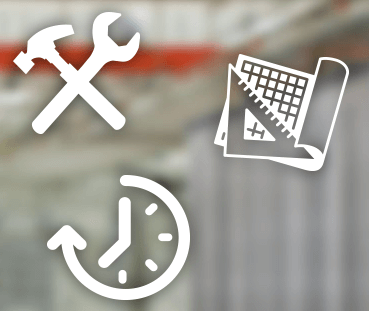 The need for a quality preventive maintenance program is important now more than ever. “An ounce of prevention is worth a pound of cure”! With the arrival of the current pandemic, the term frequently being tossed around is a “healthy building”. What measures can be taken to support this journey?
The need for a quality preventive maintenance program is important now more than ever. “An ounce of prevention is worth a pound of cure”! With the arrival of the current pandemic, the term frequently being tossed around is a “healthy building”. What measures can be taken to support this journey?
Even with low-occupancy buildings or facilities, performing preventive and predictive maintenance is crucial for keeping your building’s HVAC and plumbing equipment functioning as designed. This in turn keeps the building as safe and as healthy as possible.
Routine maintenance functions such as:
- Changing filters
- Cleaning coils
- Changing belts
- Oil analysis
- Cleaning tubes
- Amp draws
These routine maintenance functions help prevent unwanted failures of the equipment, keep the systems functioning properly and maintain the designed space by keeping temperatures and humidity in range to prevent further issues inside the building.
While no program of maintenance can guarantee problems will not arise, routine engagement with equipment helps to circumvent trouble calls.
Other preventive measures worth exploring for your facility are:
- Perform a complete building/facility evaluation on your HVAC equipment
- Verify the outside air and ventilation are working as intended. Maintain relative humidity levels between 40% and 60%.
- Air Handling Equipment Cleaning and Filter Changes: if your equipment has been sitting idle, it is important to thoroughly clean internal components as stagnant water increases the risks for legionella bacteria growth. Air filters should also be changed routinely.
- Central Equipment: if pumps, chillers, cooling towers and other central equipment has been turned off, check the equipment for proper operation before restarting as lack of flow can cause sediment to build and water treatment could be out of balance.
- Upgrade Air filters: The most common filtration is MERV8. Upgrading filters to the highest level that equipment will allow, such as a MERV13, can greatly improve indoor air quality.
- Evaluate Plumbing Systems: With facilities operating under a lower occupancy, there is a potential for stagnant water, which causes issues for water heaters, ice makers and other plumbing devices. Plumbing systems in the building need to be flushed on a regular basis. Touchless plumbing fixtures allow occupants to operate faucets and other bathroom fixtures without contact, which minimizes the spread of germs while offering convenience and water savings.
- Install UV lighting: Lighting can be installed in AHU’s, inside ducts or in spaces (upper room UFGI). UV lighting can help eliminate viruses and reduce the presence of mold and bacteria.
- Utilize Bi-polar Ionization: Bi-polar ionization uses an electronic charge to create a high concentration of positive and negative ions. These ions attach to particles, pathogens and gas molecules in the occupied space. The ions help to gather the fine sub-micron particles, making them more filterable. The ions breakdown harmful particles and there is evidence the ions inactivate pathogens by robbing them of life-sustaining hydrogen.
- Verify the Controls System: Make sure the building’s systems alerts and alarms are set up properly and are providing timely notifications of issues to building personnel.
In today’s times, there is a lot of talk of when things will return to “normal”. One thing to keep in mind is that a building is meant to be maintained. A lack of maintenance in all systems can create bigger issues down the road, especially in mechanical systems.
Have a question for our experts? Leave your comment below and check out our website for more information.





One Comment on “The Need for Quality Preventive Maintenance”
You’ve written it so well, and you have some really good ideas. This post is outstanding!